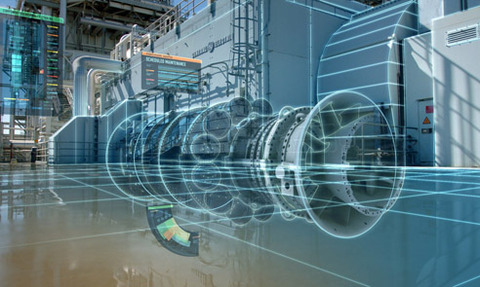Servitisation is the key to industry’s future
14 Aug 2018

Far from being just another trendy phrase, servitisation describes most accurately how industry is changing and the way in which businesses must adapt, says Tim Clark
‘Servitisation’. In my opinion, this term – first coined 30 years ago by Vandermerwe and Rada in a 1988 article – encompasses so many of the other current buzzwords, such as Industry 4.0, digitisation, IoT, mobility and much more.
One definition of this concept is the strategy of creating value by adding services to products or even replacing a product with a service.
This can only be viable or profitable with an understanding of the products and services a company provides throughout their entire life cycle. This means knowing every aspect of the true production cost: logistics, operating environment, performance and life expectancy.
In simple terms, it means knowing what operational data and digital footprint a device or service has. This provides the insight needed to effectively manage and cost such an offering effectively.
Focus on the data
Many organisations believe that servitisation is a commercial model similar to leasing, but the granularity required to drive it needs to join up the operational gaps between departments and sometimes external business partners.
There are plenty of businesses out there that have adapted well and diversified or moved to a servitisation strategy (Apple, Google, Rolls Royce, GE, Siemens to name a few) - firms that understand the value of data.
Much of the inventory costs in a company are held in after-market systems and whether the customer is lost or retained is often the result of after-market performance
Traditionally, manufacturers would produce a product to a specification needed, then drive value from the quality they can deliver. In a globalised marketplace, competition is greater than ever and customers want more.
Manufacturers need to examine how data can not only deliver insight, but also generate new business models. Many successful businesses have invested in operational platforms like ERP, finance and billing systems. More recently businesses have seen extensive value in productivity platforms with office tools and CRM systems.
Now the next wave is here: analytical platforms that encompass artificial (AI) and machine learning to support deeper insight and new levels of automation, driving greater commercial benefits beyond the expected key performance indicators that are traditionally used.
The next industrial revolution
Customers have come to expect a more personalised service. Upwards of 40 per cent of many manufacturer’s total revenue comes from the after-market; much of the inventory costs in a company are held in after-market systems and whether the customer is lost or retained is often the result of after-market performance. This begs the question as to why the after-market is so often an afterthought?
Manufacturing businesses in the UK must act faster, be more open to change and realise the value they already have in their business. Innovate and experiment quickly but design a business around a platform not a bunch of point solutions, as the total cost of ownership will inhibit growth.
Focus on the customer more by listening and adapting to change – this will drive greater innovation in how products are made, moved, paid for, used and, more important than ever, recycled.
Tim Clark is head of manufacturing solutions, SAS UK & Ireland

